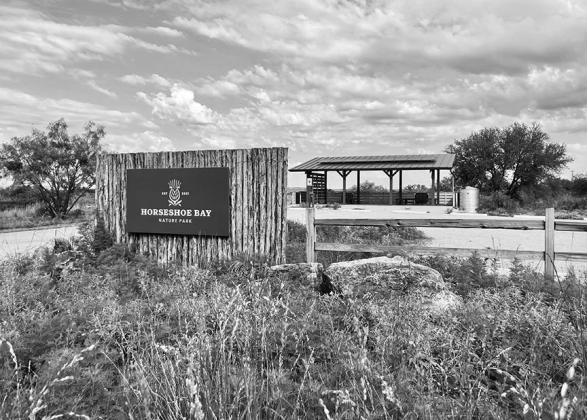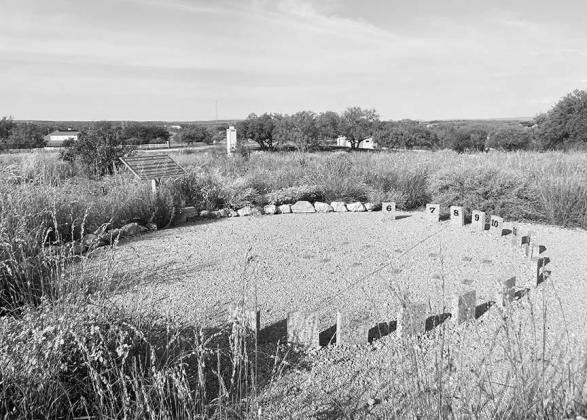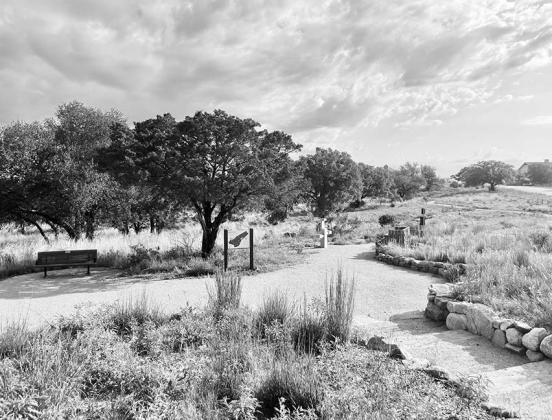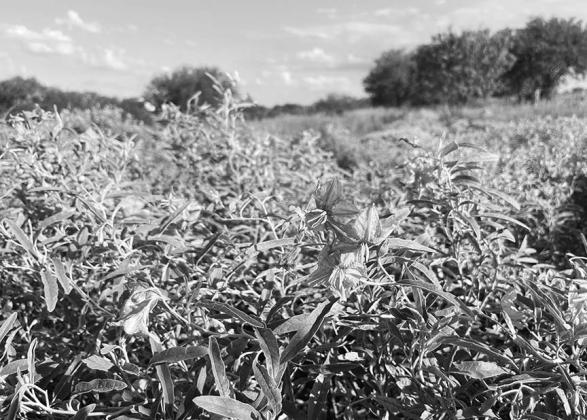When one 11-acre, pristine plot was about to become a high-density development, neighbors stepped up to form a nonprofit organization, which became the Horseshoe Bay Nature Park. Since opening to the public over one year ago, the fragile, biotic area has evolved into a place for locals to escape, exercise and learn about nature.
During its first year, the park received a grant of more than $17,500 from the Lower Colorado River Authority and the Pedernales Electric Cooperative to install 15 interpretive signs with quick response codes and planted $1,500 worth of seeds, including Indian blanket, sleepy daisy, standing cypress and more.
Also, naturalists and bird watchers identified over 235 species of plants and wildlife, including bluebonnets, bats, herons, orchard orioles, northern cardinals, black vultures and bluebirds.
Plans for this year include new, educational signs to explain the wildlife geology, water conservation, trees and plants along the half-mile walking trail within the park, populating the park with local honey bees and attracting screech owls to two nest boxes installed in the park.
Project partners for the park include the Travis Audubon Society and Parkhill engineers, Twistleaf landscape architects and lookthinkmake, an advertising and public relations agency based in Austin.





